Experience a magical winter journey through Yellowstone National Park and the famed Lamar Valley, known as the American Serengeti.
Led by guides with decades of expertise in the Greater Yellowstone Ecosystem, you’ll encounter wintering herds of elk, bison, and bighorn sheep amid steaming hot springs and snow-covered peaks. The Lamar Valley is a prime location to spot large packs of gray wolves, along with coyotes, bald eagles, and Trumpeter Swans.
Your guide will share insights into the park’s unique ecosystem, which was shaped by ancient oceans, super volcanoes, and glaciers, as well as the influences of Native American tribes and historical figures.
As a highlight, enjoy a 1.5-mile (2.4-km) snowshoe or hike along the Upper Mammoth Hot Springs Terrace, exploring the stunning beauty of Canary Springs, Cupid Springs, and Orange Mound Springs.
To top off your experience, you will also have the opportunity to enjoy a relaxing mineral soak at Chico Hot Springs.
Нев Иорк Цити
Истражите
 Јединствена искуства
Јединствена искуства
 Услуге путовања и превоза
Услуге путовања и превоза
 Обиласци, разгледање и крстарења
Обиласци, разгледање и крстарења
 Улазнице и пропуснице
Улазнице и пропуснице
 Карте и карте за спортске догађаје
Карте и карте за спортске догађаје
 Мала група
Мала група
 Сезонске и посебне прилике
Сезонске и посебне прилике
 Примењене санитарне мере
Примењене санитарне мере
 Активности на отвореном
Активности на отвореном
 Вероватно ће се продати
Вероватно ће се продати
 ЛГБТ пријатељске туре
ЛГБТ пријатељске туре
 Кид-Фриендли
Кид-Фриендли
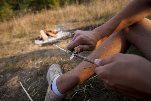 Укључује животиње
Укључује животиње
 Добро за избегавање гужве
Добро за избегавање гужве
 Храна пиће
Храна пиће
 Одличан квалитет
Одличан квалитет
 Часови и радионице
Часови и радионице
 Најбоља конверзија
Најбоља конверзија
 Аудио водичи
Аудио водичи
 Уметност и култура
Уметност и култура
 Виатор Плус
Виатор Плус
 Sustainable Tours
Sustainable Tours
 Limousine Transfers
Limousine Transfers
 Donut Walking Tour
Donut Walking Tour
 Virtual Experiences
Virtual Experiences
 Additional fees
Additional fees
 DSA non-compliant
DSA non-compliant
 Јединствена искуства
Јединствена искуства
 Услуге путовања и превоза
Услуге путовања и превоза
 Обиласци, разгледање и крстарења
Обиласци, разгледање и крстарења
 Улазнице и пропуснице
Улазнице и пропуснице
 Карте и карте за спортске догађаје
Карте и карте за спортске догађаје
 Мала група
Мала група
 Сезонске и посебне прилике
Сезонске и посебне прилике
 Примењене санитарне мере
Примењене санитарне мере
 Активности на отвореном
Активности на отвореном
 Вероватно ће се продати
Вероватно ће се продати
 ЛГБТ пријатељске туре
ЛГБТ пријатељске туре
 Кид-Фриендли
Кид-Фриендли
 Укључује животиње
Укључује животиње
 Добро за избегавање гужве
Добро за избегавање гужве
 Храна пиће
Храна пиће
 Одличан квалитет
Одличан квалитет
 Часови и радионице
Часови и радионице
 Најбоља конверзија
Најбоља конверзија
 Аудио водичи
Аудио водичи
 Уметност и култура
Уметност и култура
 Виатор Плус
Виатор Плус
 Sustainable Tours
Sustainable Tours
 Limousine Transfers
Limousine Transfers
 Donut Walking Tour
Donut Walking Tour
 Virtual Experiences
Virtual Experiences
 Additional fees
Additional fees
 DSA non-compliant
DSA non-compliant




 sr
sr
 English
English
 Russian
Russian
 French
French
 Polish
Polish
 Ukrainian
Ukrainian
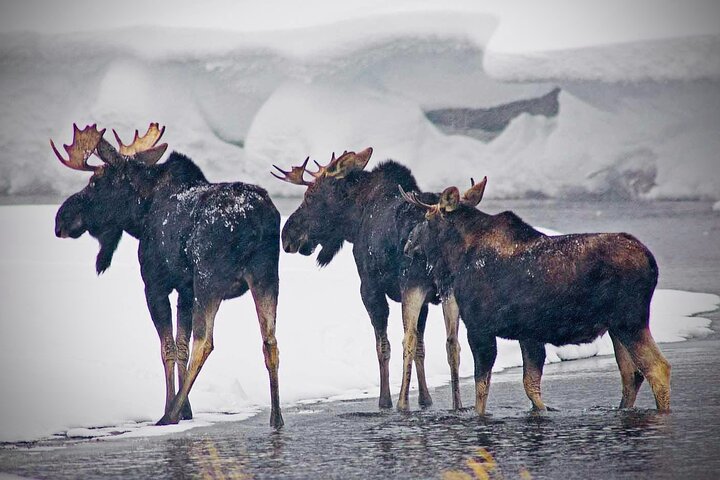
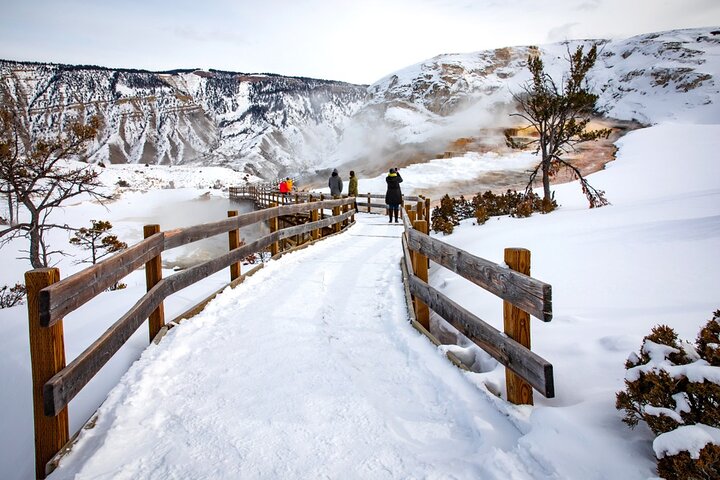
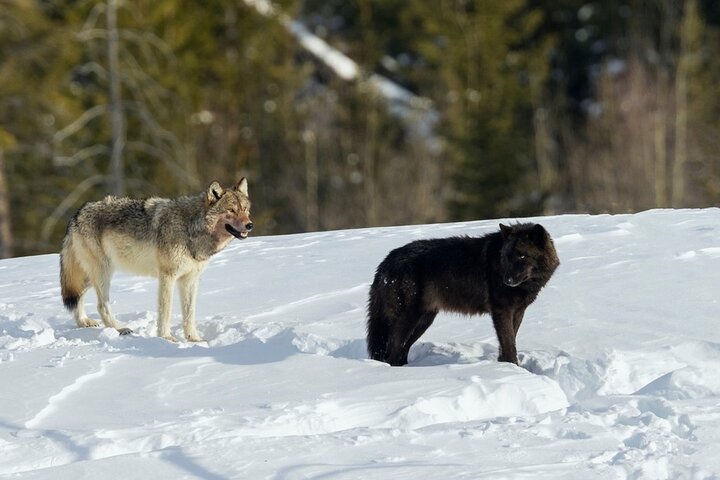

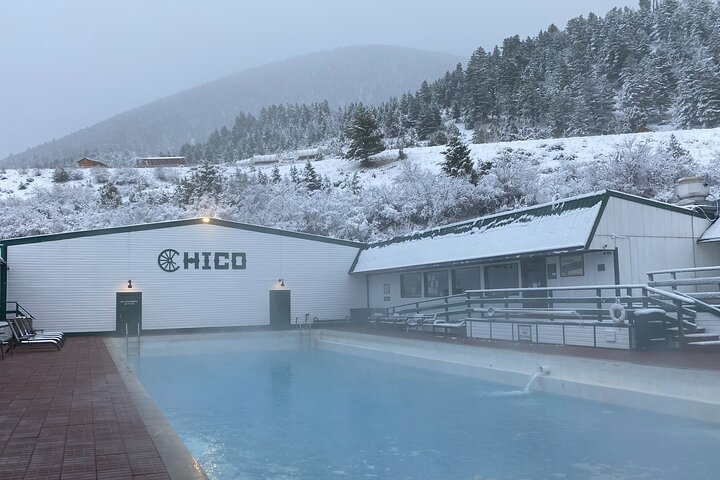

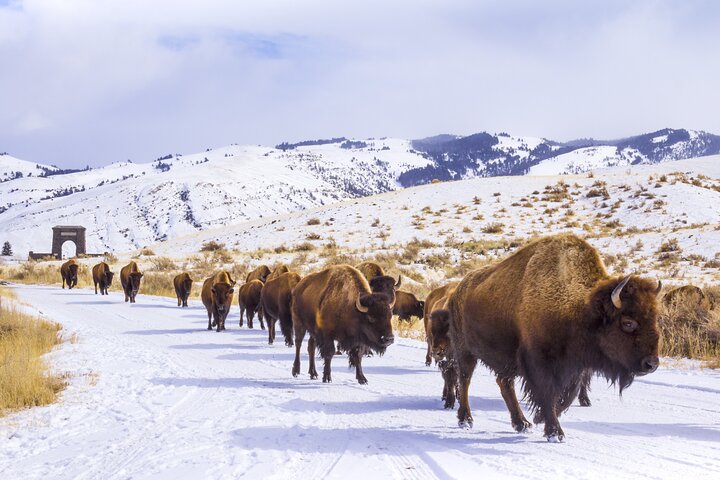
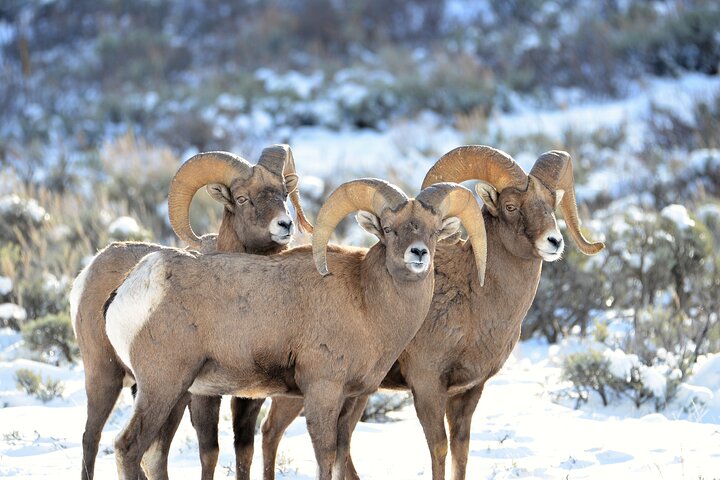
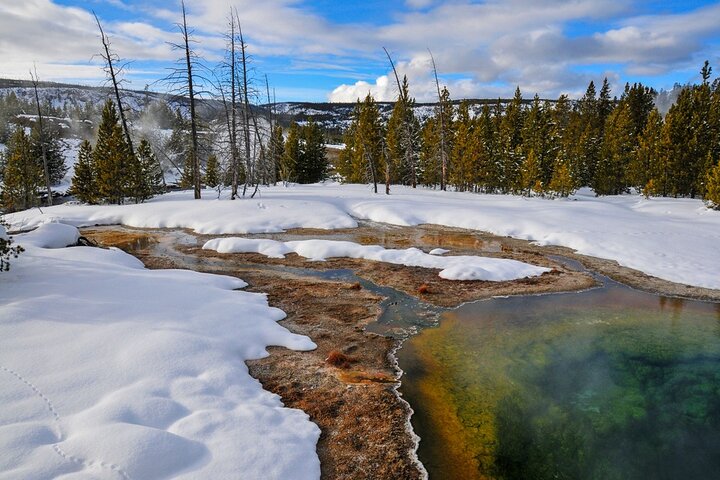
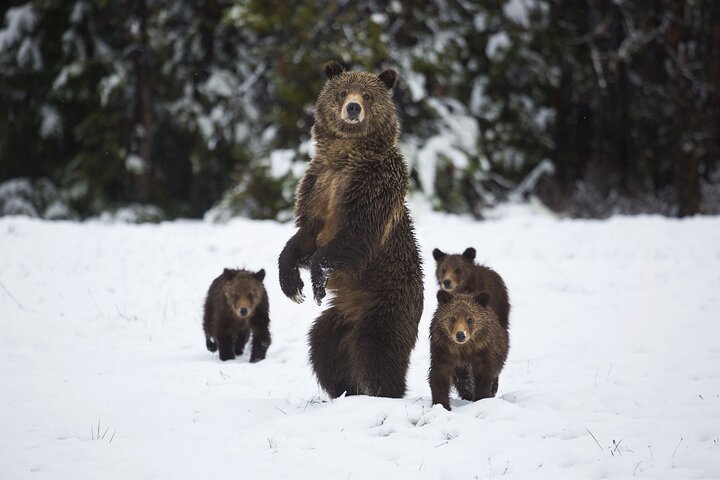
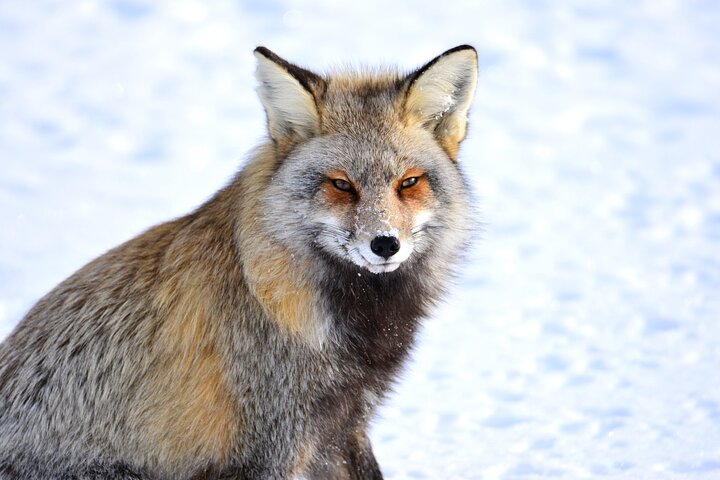
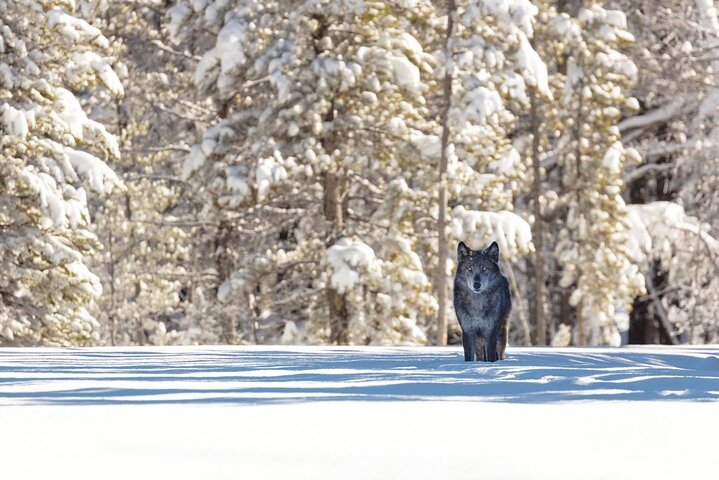
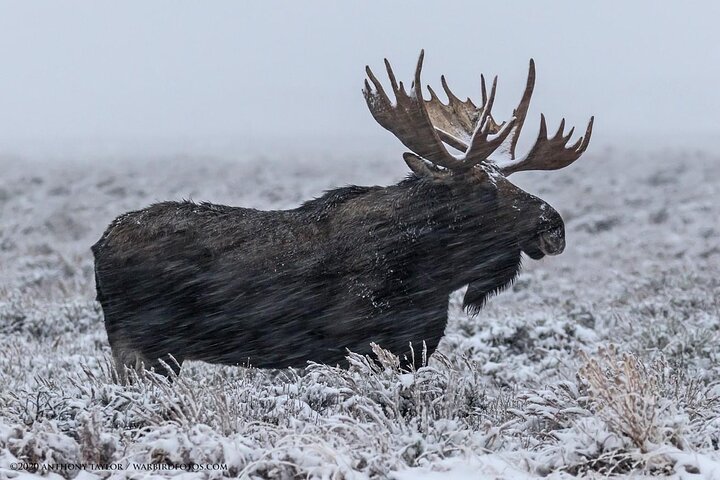
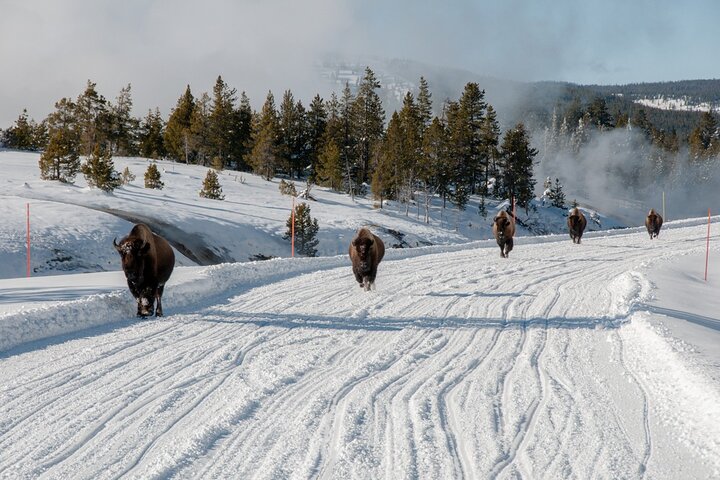
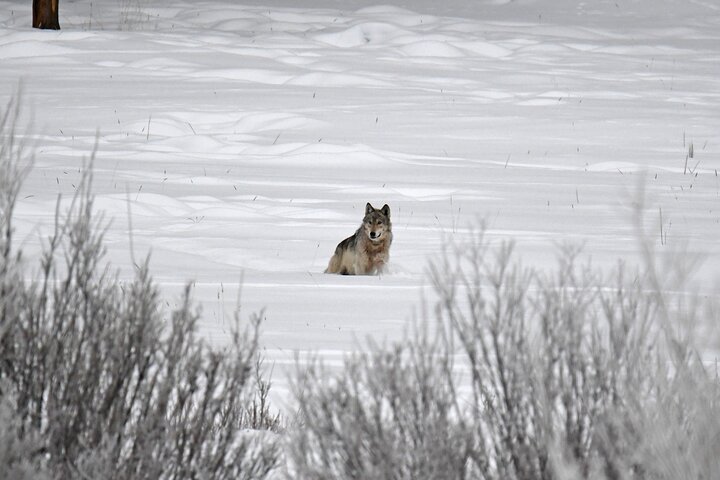
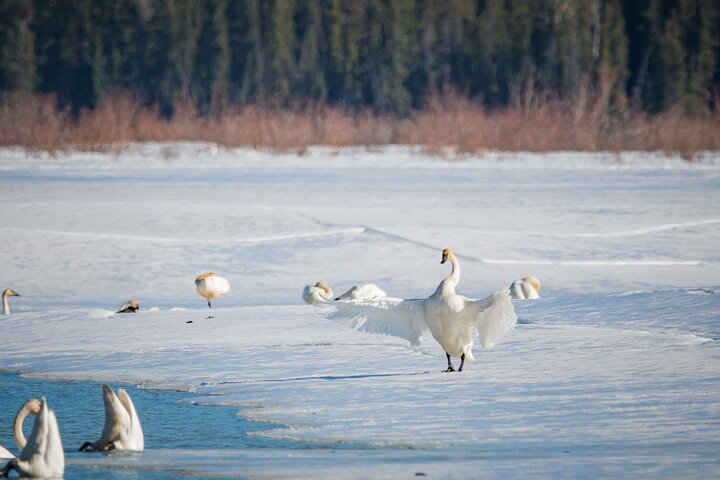
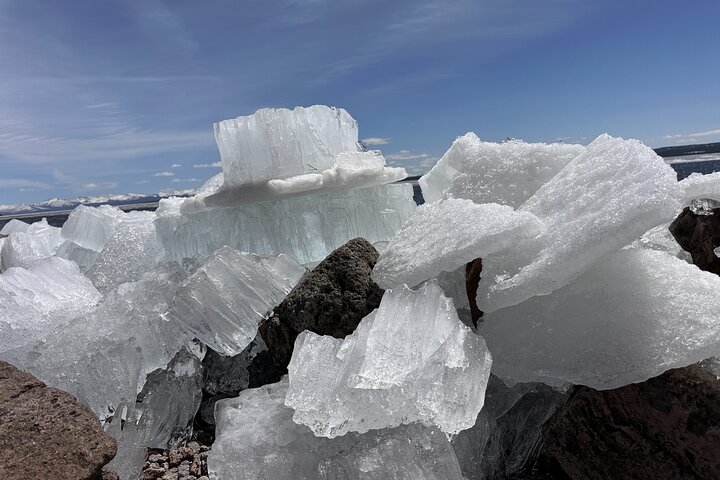
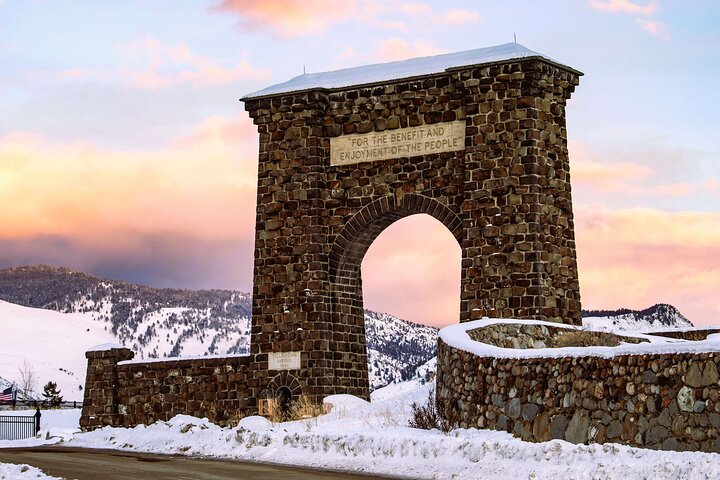
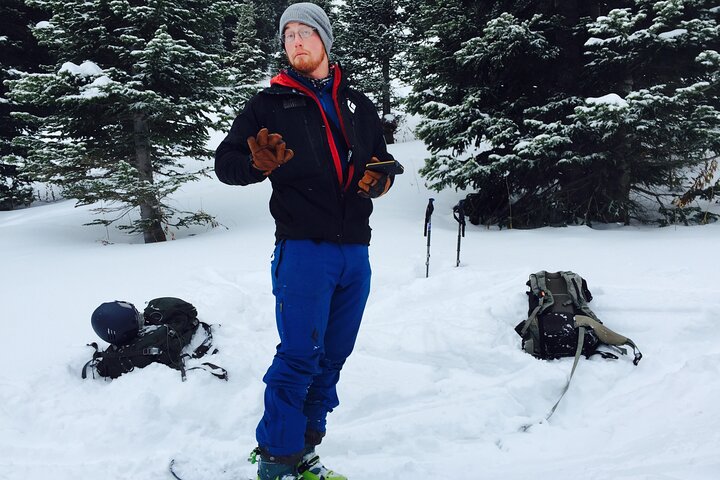

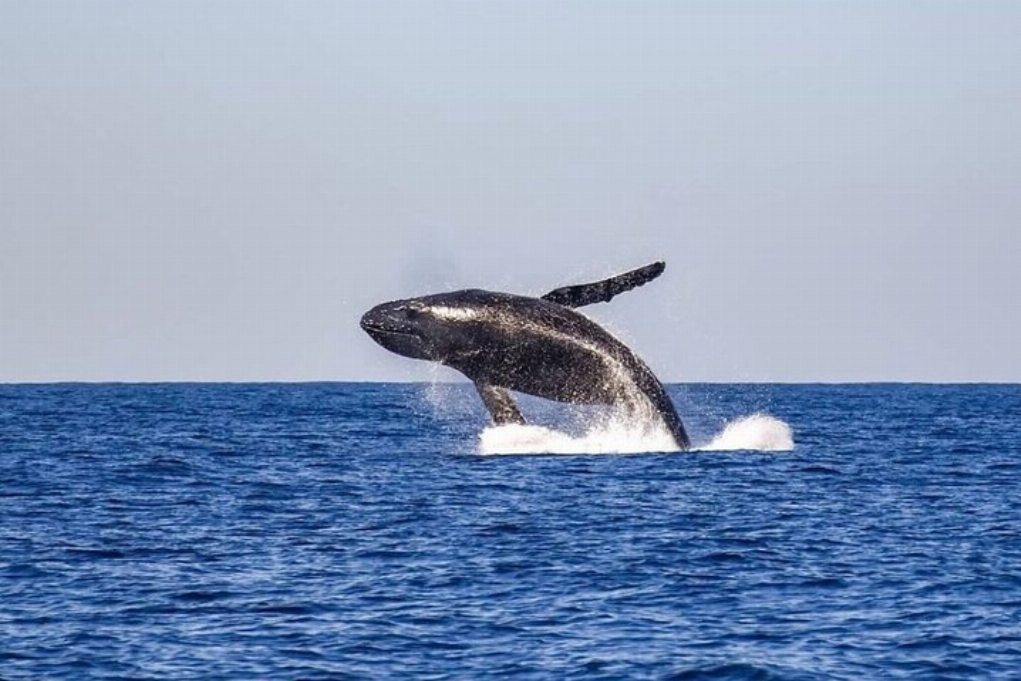

 Више
Више

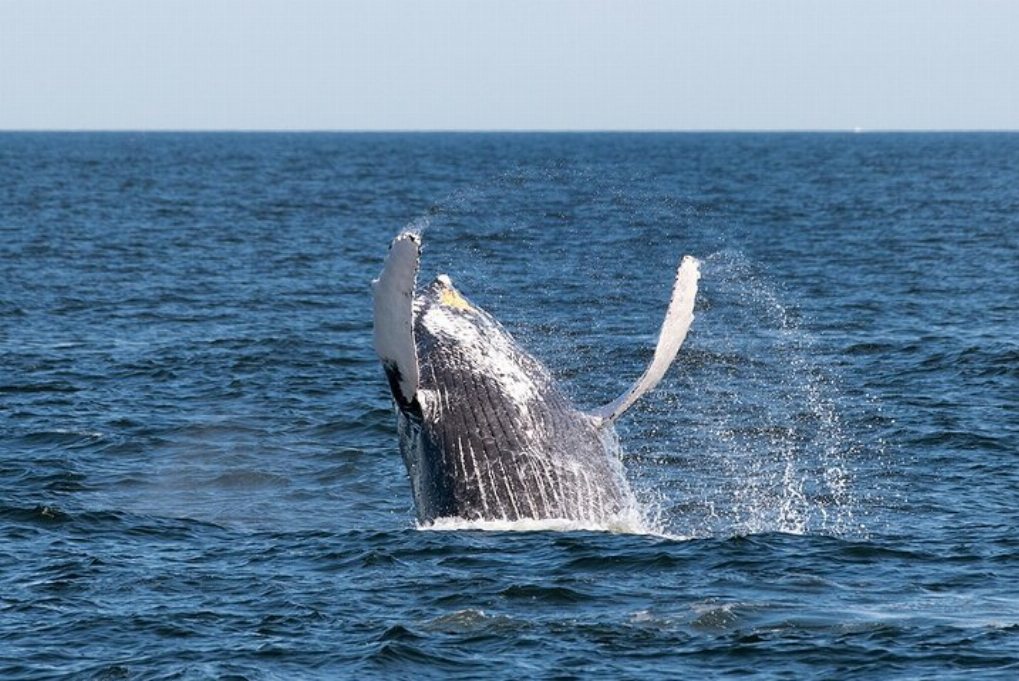
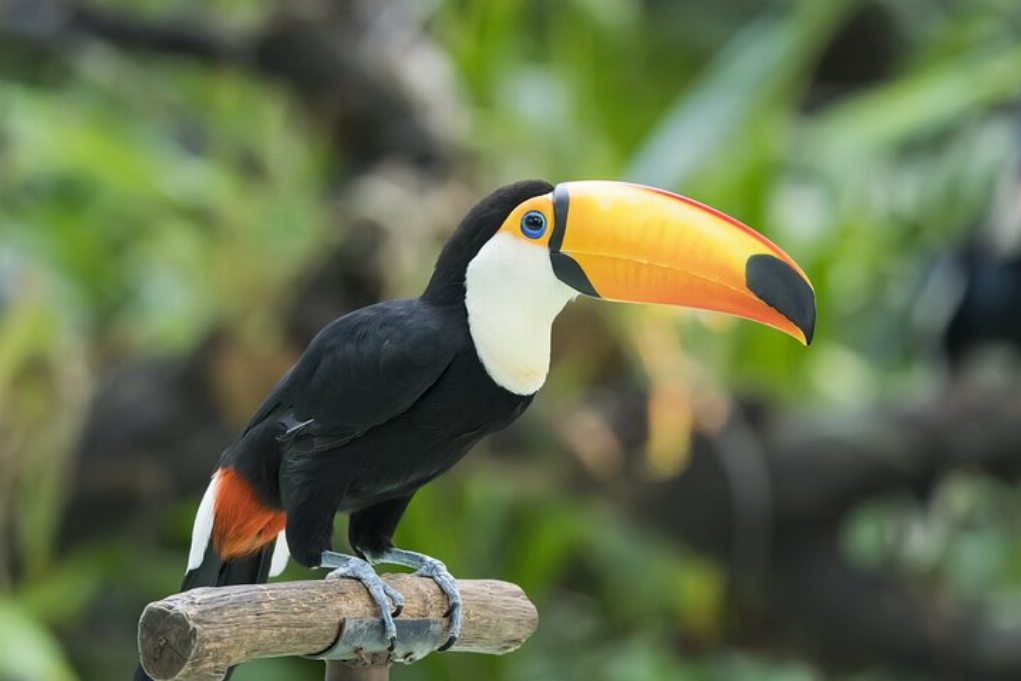
 Наставите са Гоогле-ом
Наставите са Гоогле-ом
 Наставите са Фејсбуком
Наставите са Фејсбуком
 Наставите са Твиттер-ом
Наставите са Твиттер-ом

